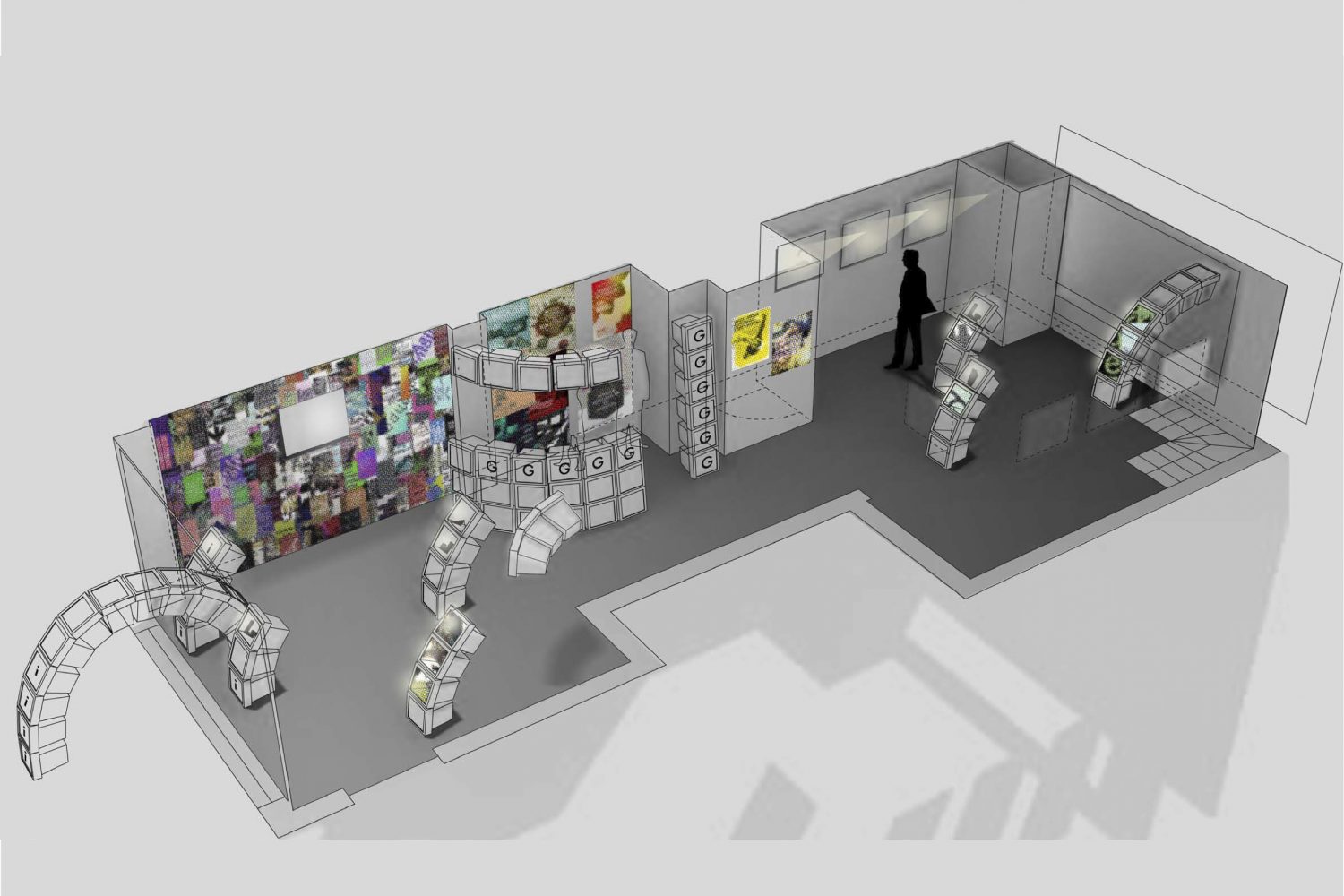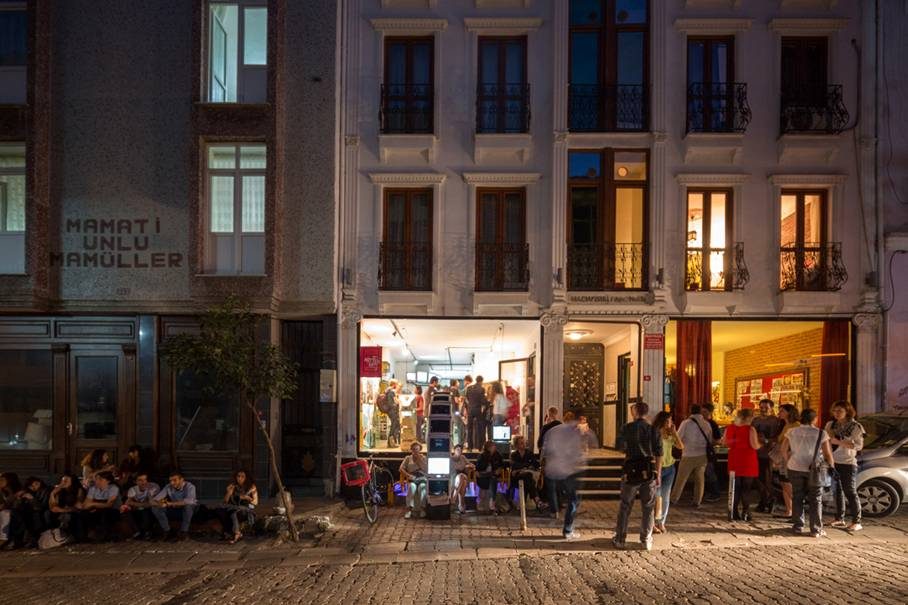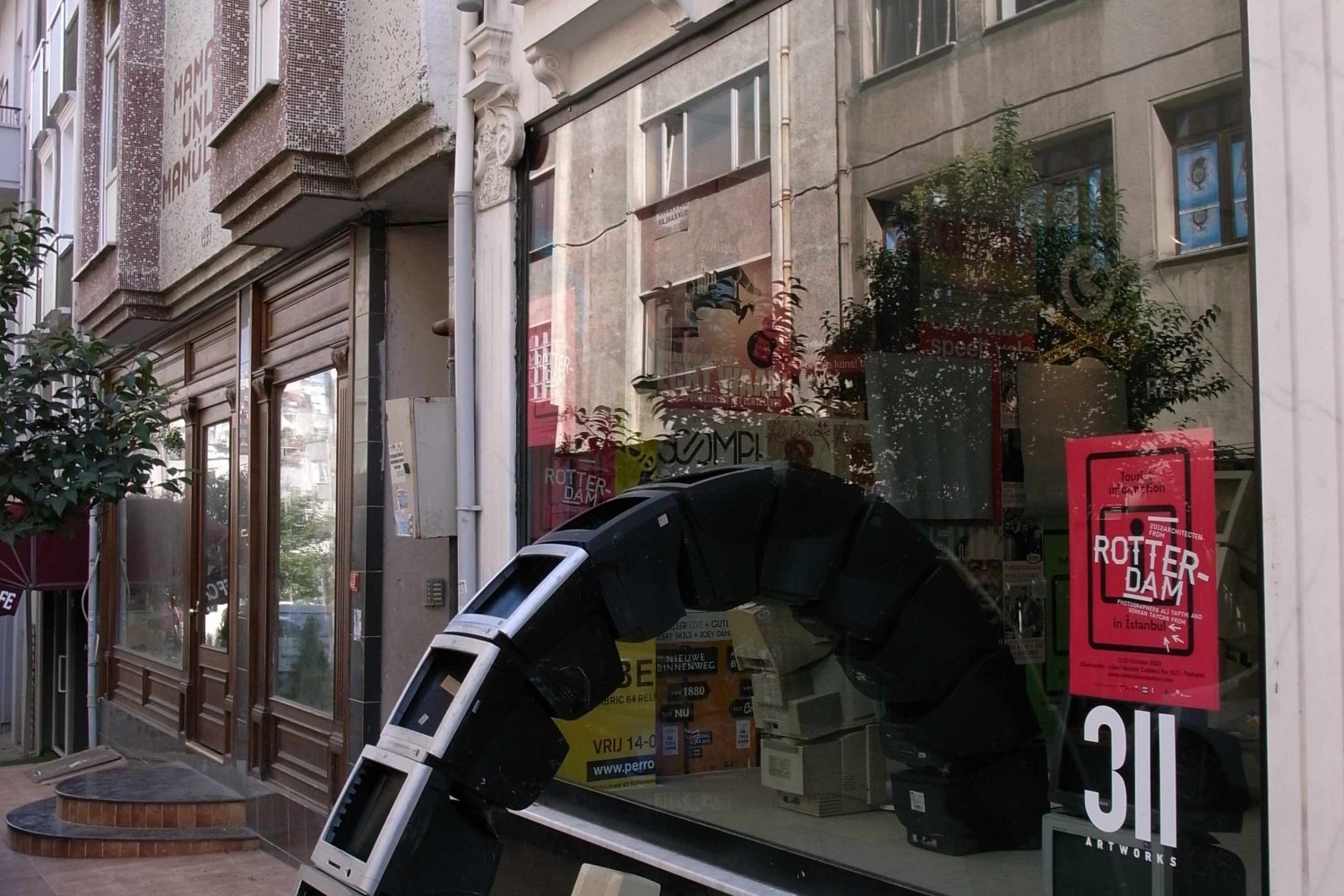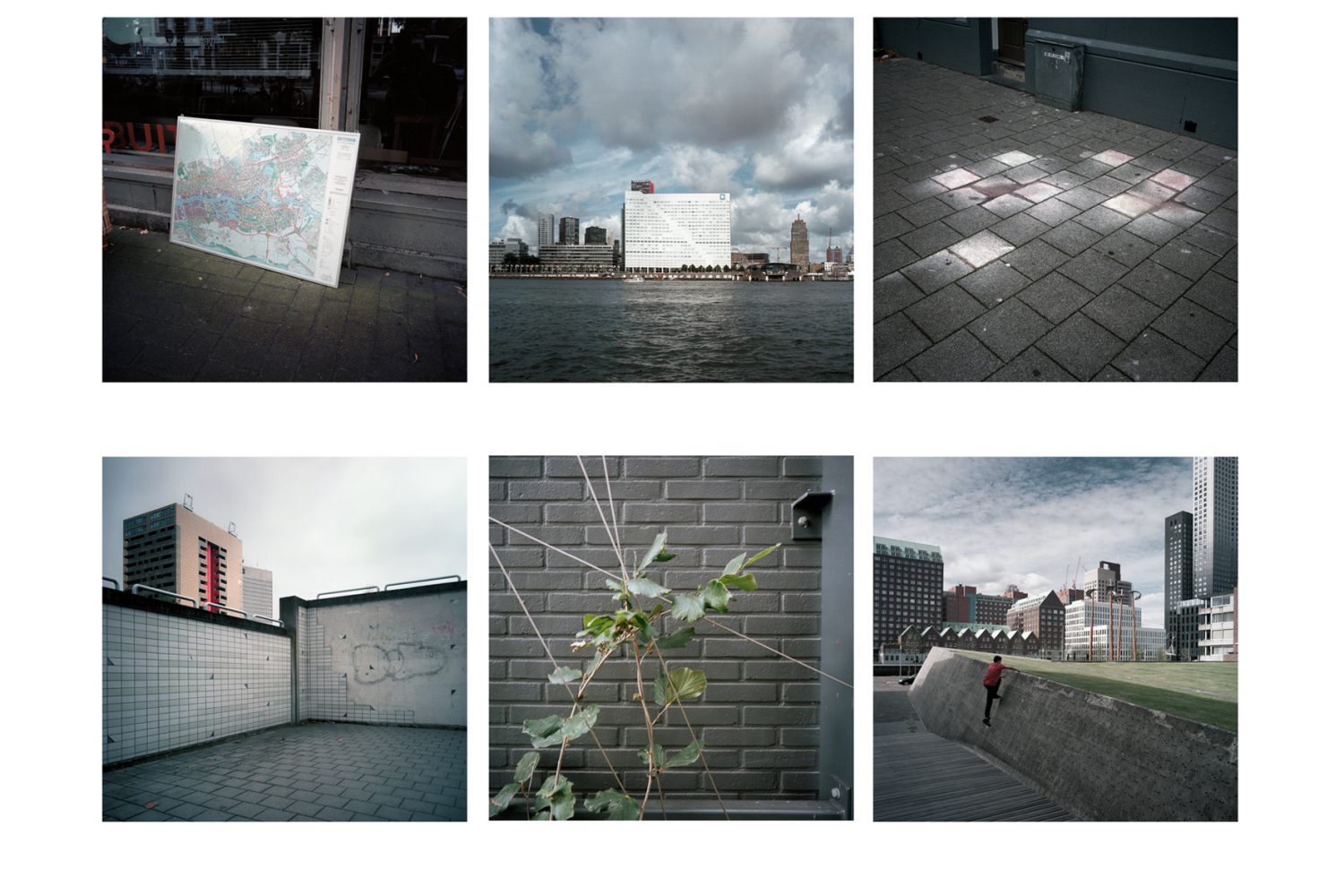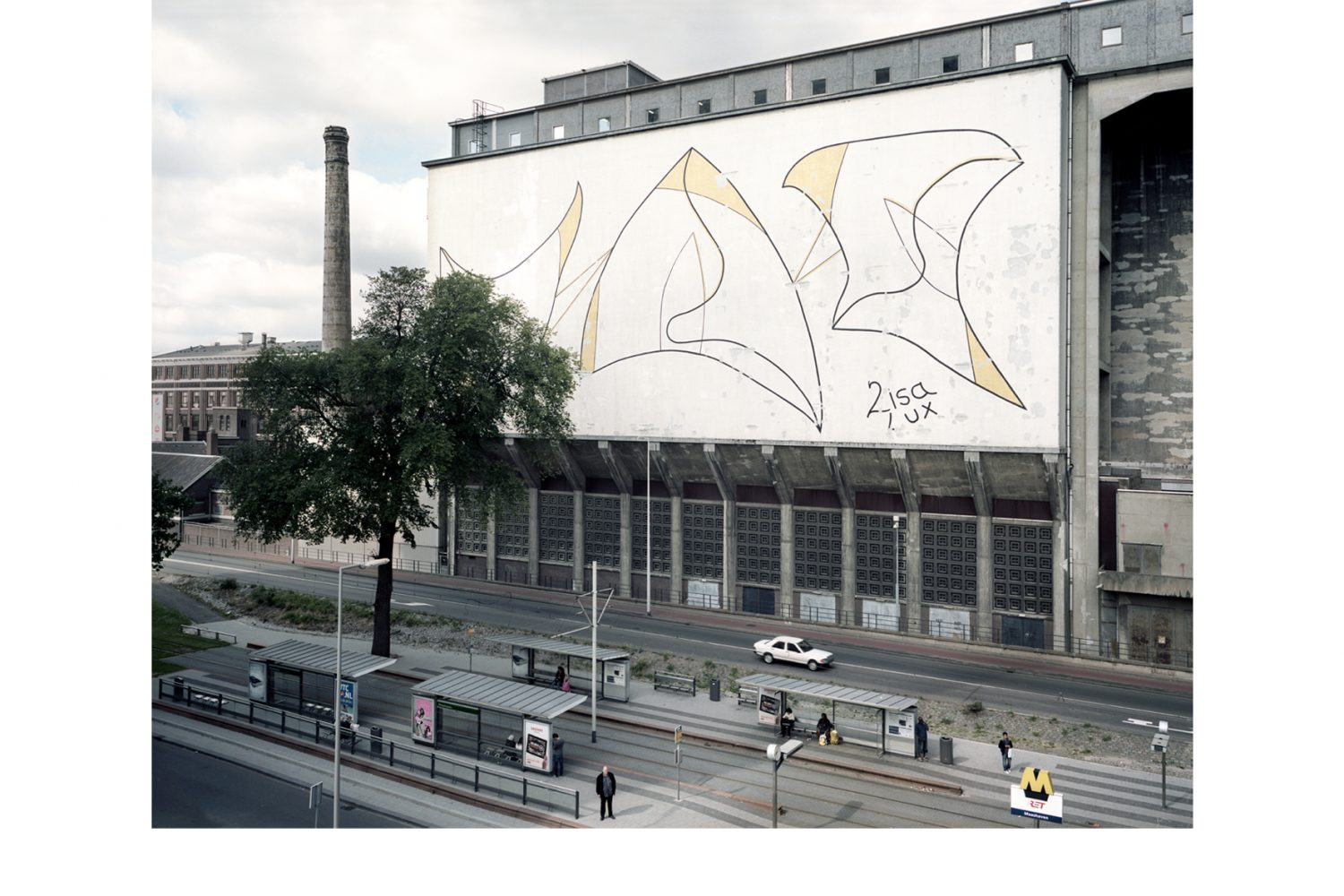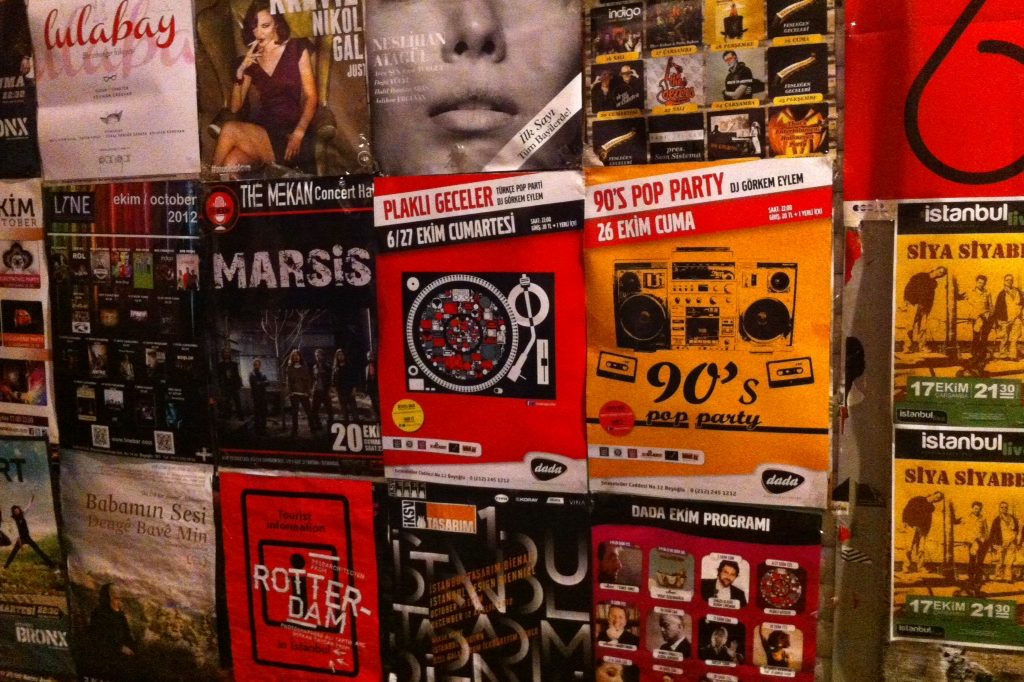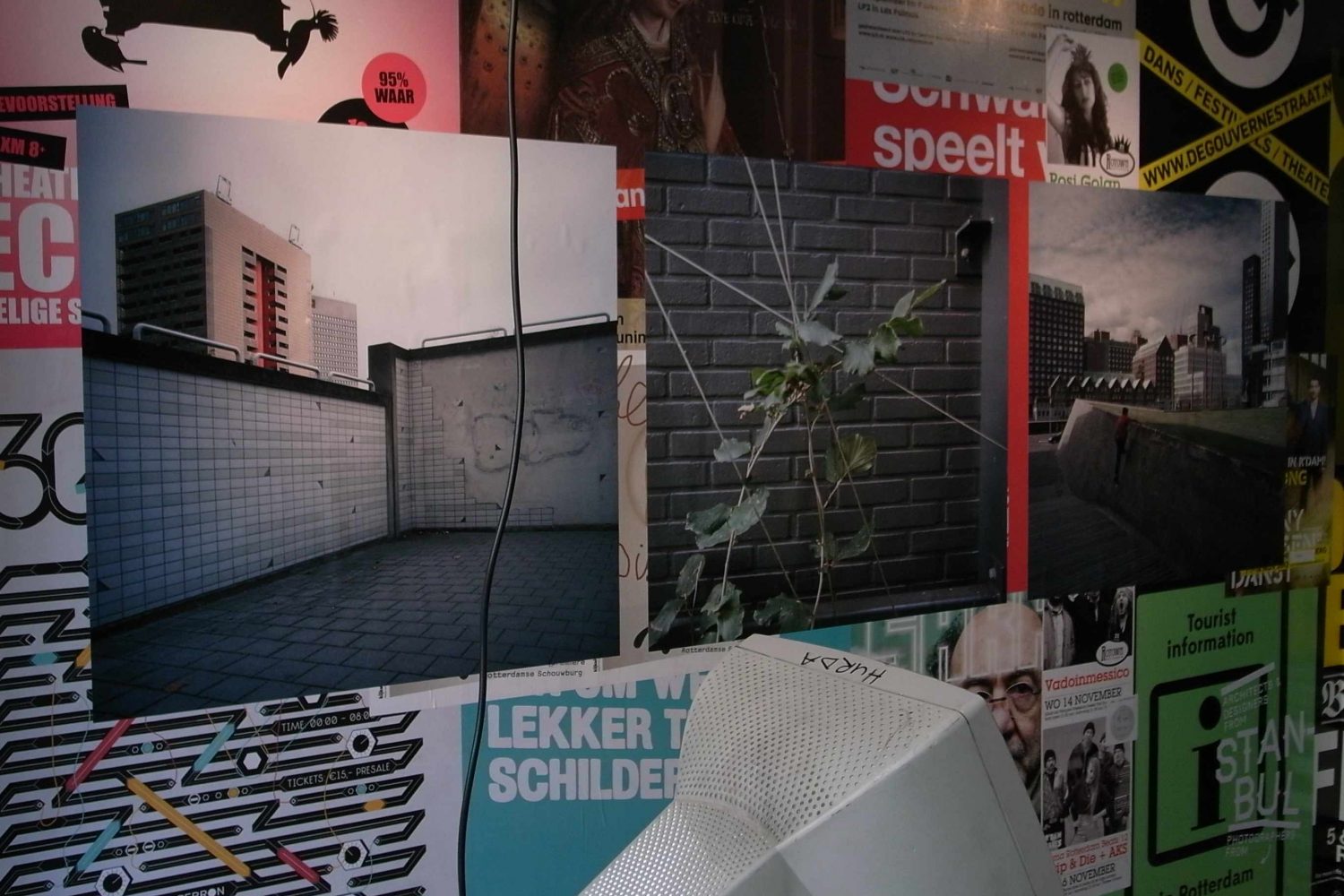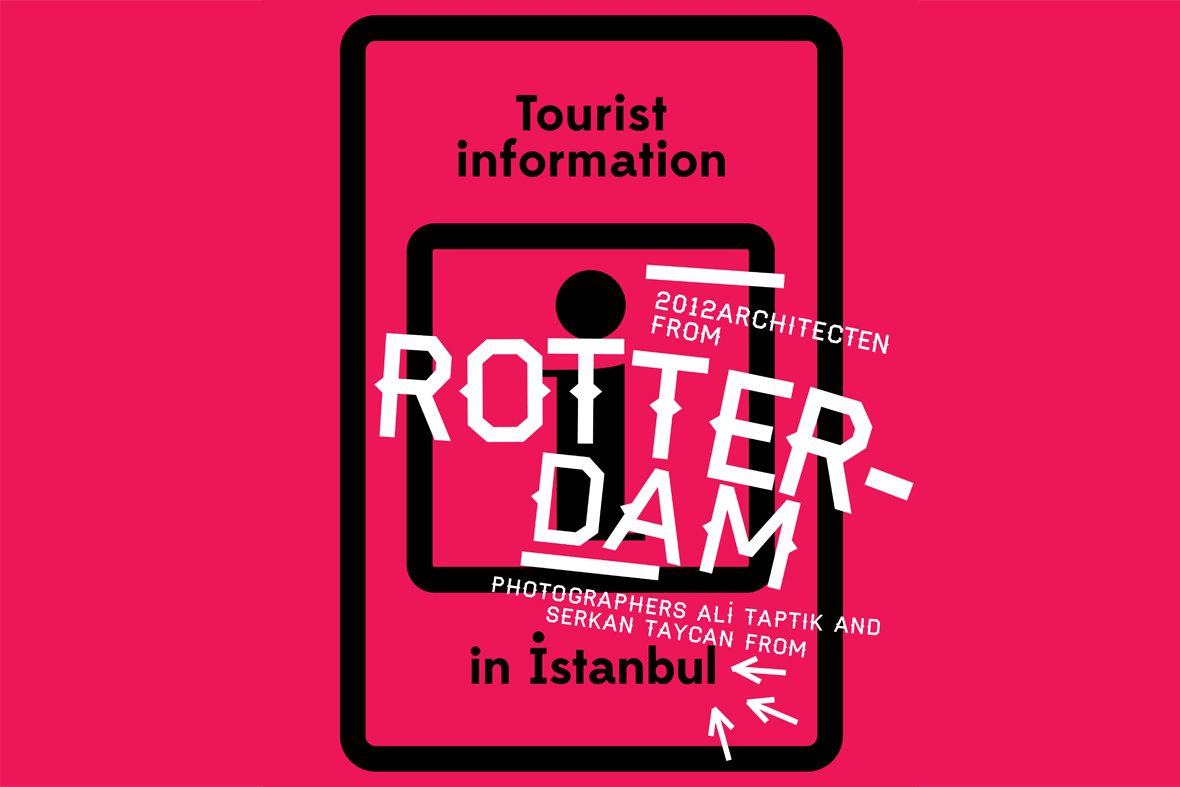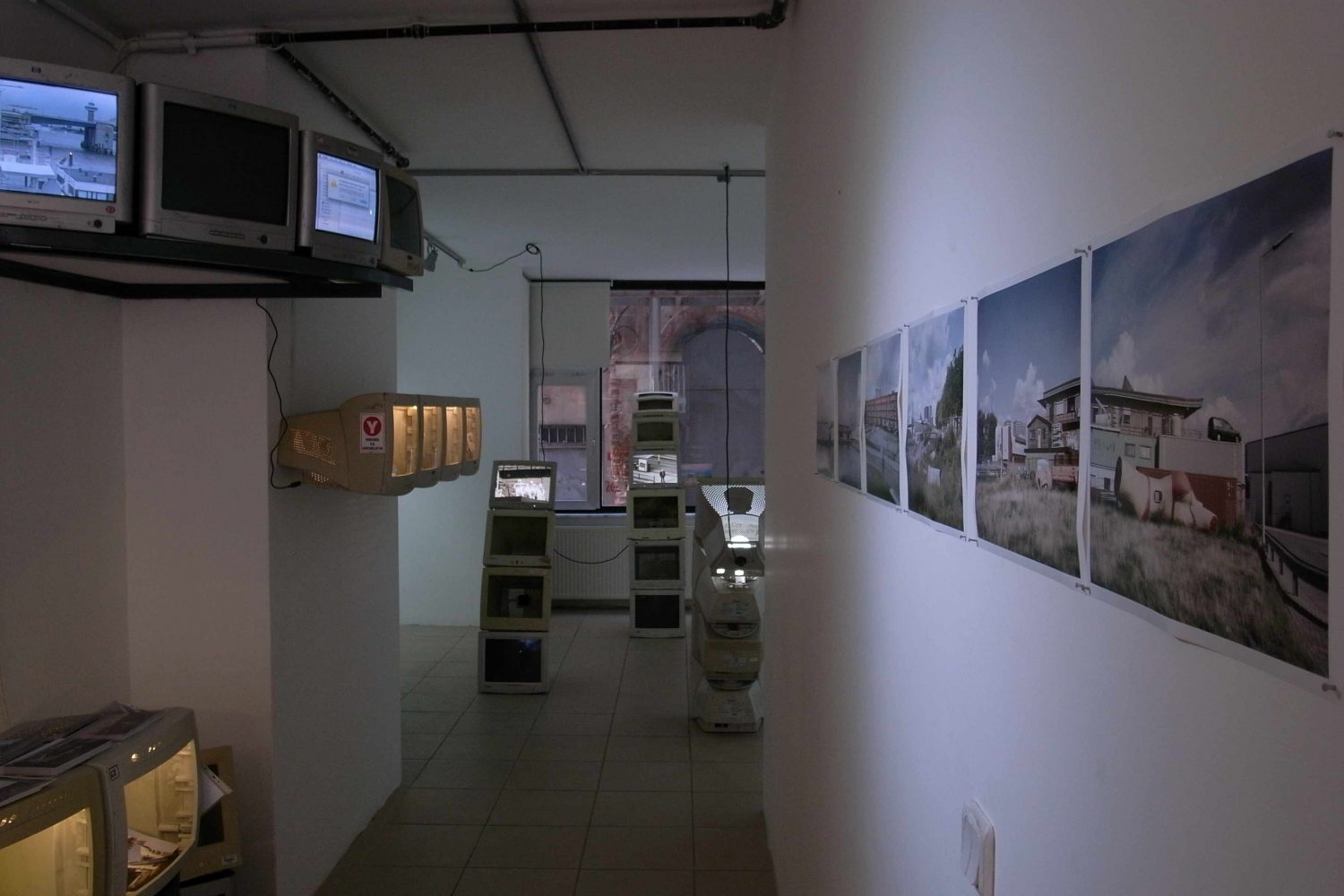Tourist Information Rotterdam
“Cities compete with each other in (re)producing and promoting their urban heritage and symbolic assets for tourism.” The Tourist Gaze, John Urry
The manifestation Tourist Information plays with the image and representation of Rotterdam and Istanbul. Both cities are presented in a temporary and fictitious tourist information center. After the presentation of Istanbul in Rotterdam, Perplekcity presented Tourist Information Rotterdam in Istanbul. An alternative city presentation where with photography, design and architecture a view of Rotterdam is given.
Rotterdam, the image of a cityThe travel and tourist offices distribute tempting images to attract visitors. In the cities itself tourist information centers demonstrate extensively the highlights and offer alternatives that are aimed at specific audiences. Meanwhile these alternative suggestions have also been adopted by the tourist industry. Based on content there is obviously a big difference between a general brochure of the city and the Wallpaper guide, but in terms of temptation there are many similarities. For certain visitors these attractive images determine the expectations and the (desired) image about a city.
The photographers Ali Taptik and Serkan Taycan, first-time visitors to Rotterdam, explored Rotterdam in a personal way and offer their view on it. Ali Taptik chose to drift through Rotterdam aimlessly and came to see the city as ‘an interrelated mesh of events, people and places’. Each time entering the city from another angle, he managed to get an original view on the common beauty of the city. Serkan Taycan focused on the periphery where different urban fabrics mingle together: the industrial heritage, traffic, housing, offices and the river are shown in a different rhythm, telling a story about the current state of the city. Together they give new perspectives on a city that has been dealing with its image for a long time.
City through the monitors: Screen Saver Rotterdam2012Architecten is an internationally known architecture office that considers design as a phase in a continuous cycle of creation and recreation, use and reuse. With their ‘superuse’ principle, they want to achieve optimal usage of existing attributes and show their qualities in a different way. In Istanbul the installation ‘Screen Saver Rotterdam’ consists of old computer monitors, which functioned as information providers for their users. Now they are used as multiple transformers; lightboxes, screens, showcases and sculptures to give all kinds of presentations about Rotterdam. Like a real Tourist Information Center, the space is filled with information, from posters and touristic images to design objects and photographs.


